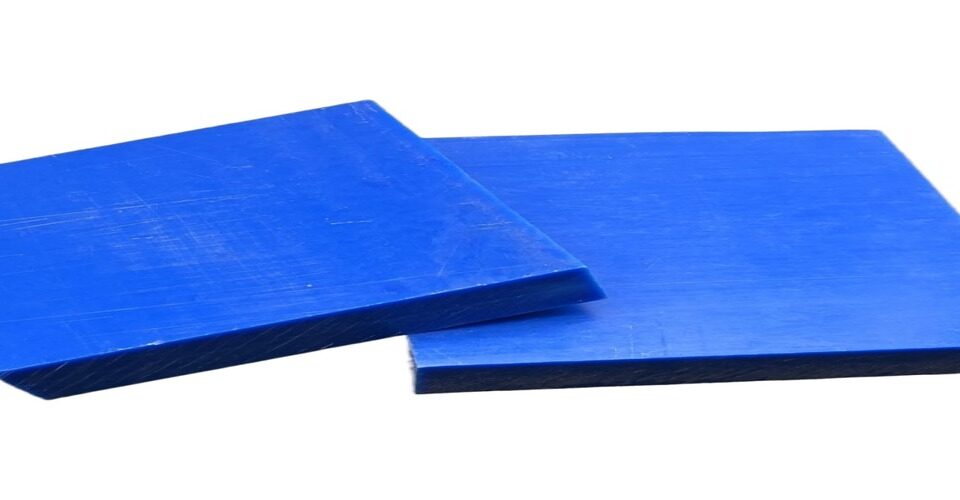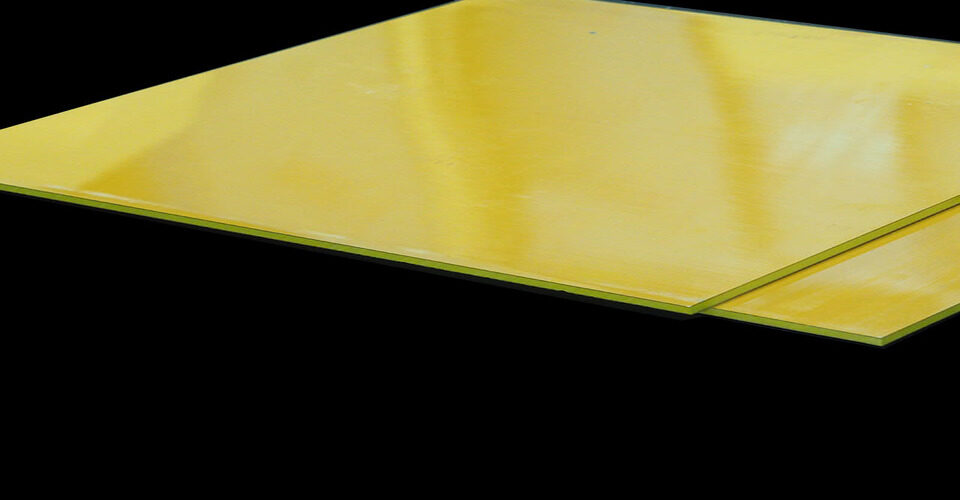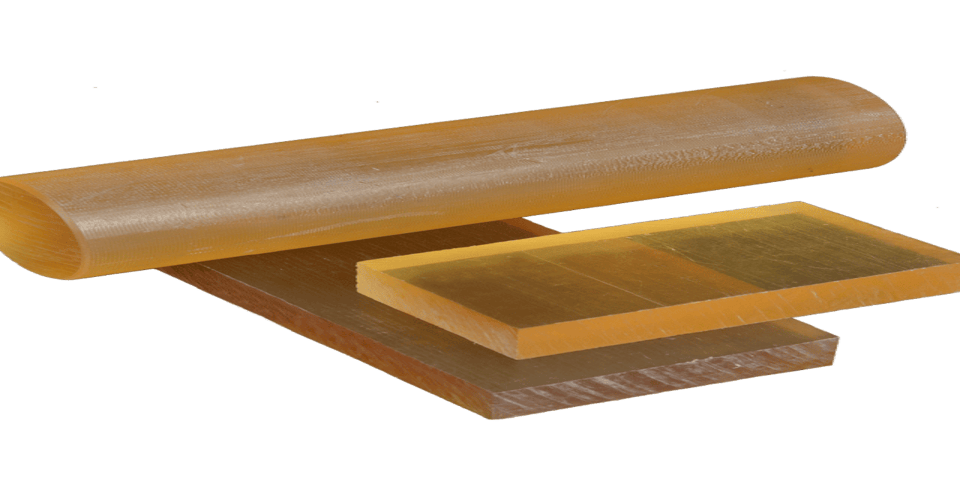
Is PC Plastic Better Than PET Plastic?
November 5, 2024
Is POM Plastic Strong?
November 5, 2024When choosing materials for engineering and manufacturing, two popular plastics that often come up for comparison are POM (Polyoxymethylene) and PP (Polypropylene). Both have distinct advantages depending on the application, but which one is better? Let’s break down the differences between POM and PP to determine which might be the better choice for your project.
Mechanical Strength and Durability
POM is widely regarded for its superior mechanical strength compared to PP. It offers higher tensile strength, greater stiffness, and better wear resistance. This makes POM an ideal choice for precision parts like gears, bearings, and bushings, where durability and the ability to withstand mechanical stress are critical. In contrast, PP is more flexible and less rigid, making it less suitable for applications requiring high load-bearing capacity.

Chemical Resistance
PP stands out for its excellent chemical resistance, particularly to acids, alkalis, and solvents. It is highly resistant to corrosion and degradation, which makes it suitable for use in environments exposed to harsh chemicals. While POM also has good chemical resistance, it is more prone to degradation when exposed to strong acids or bases over time.
Temperature Resistance
POM has a higher melting point (around 175°C or 347°F) compared to PP, which has a melting point of about 160°C (320°F). This gives POM an edge in applications involving higher temperatures or those that require more heat resistance.
Cost and Flexibility
PP is generally less expensive than POM, making it a more cost-effective option for large-scale or non-precision applications. PP is also more flexible, which makes it ideal for products like packaging, containers, and pipes.
Conclusion
POM is stronger, more durable, and better suited for precision engineering applications, while PP excels in chemical resistance and cost-effectiveness. The “better” material depends on your specific needs, with POM being the preferred choice for strength and wear resistance, and PP for flexibility and cost savings.






